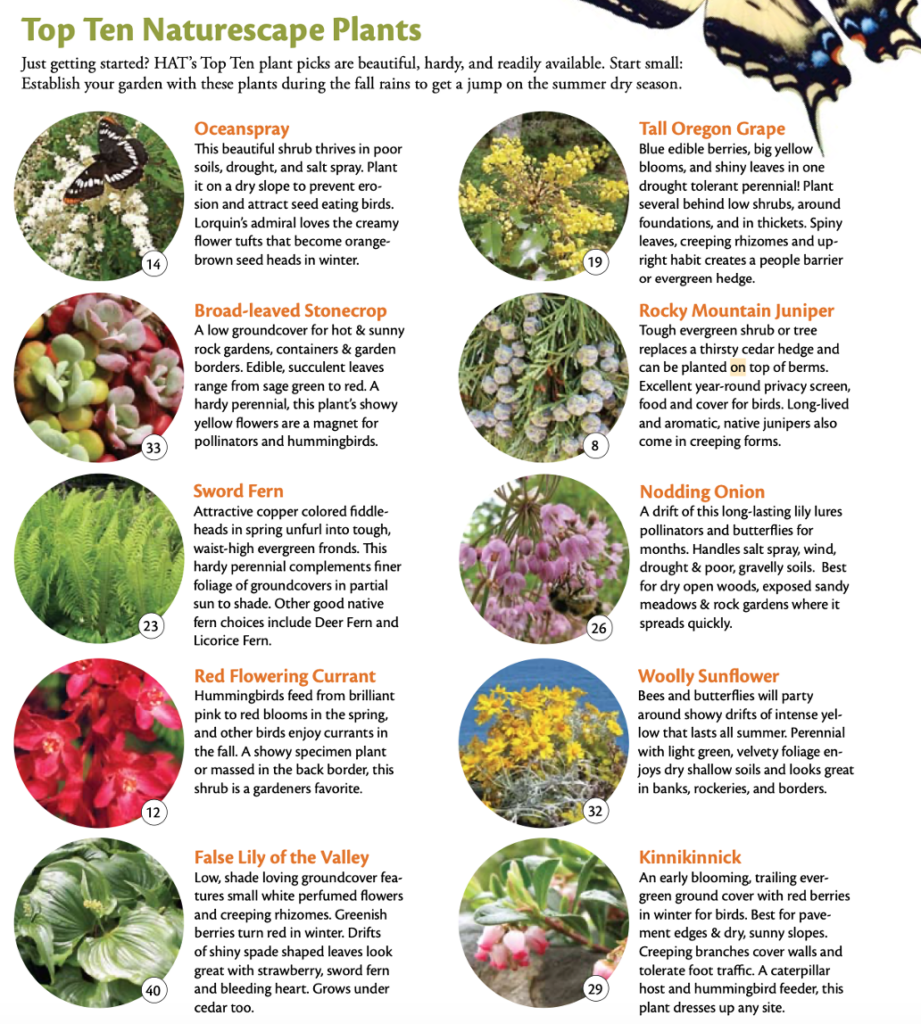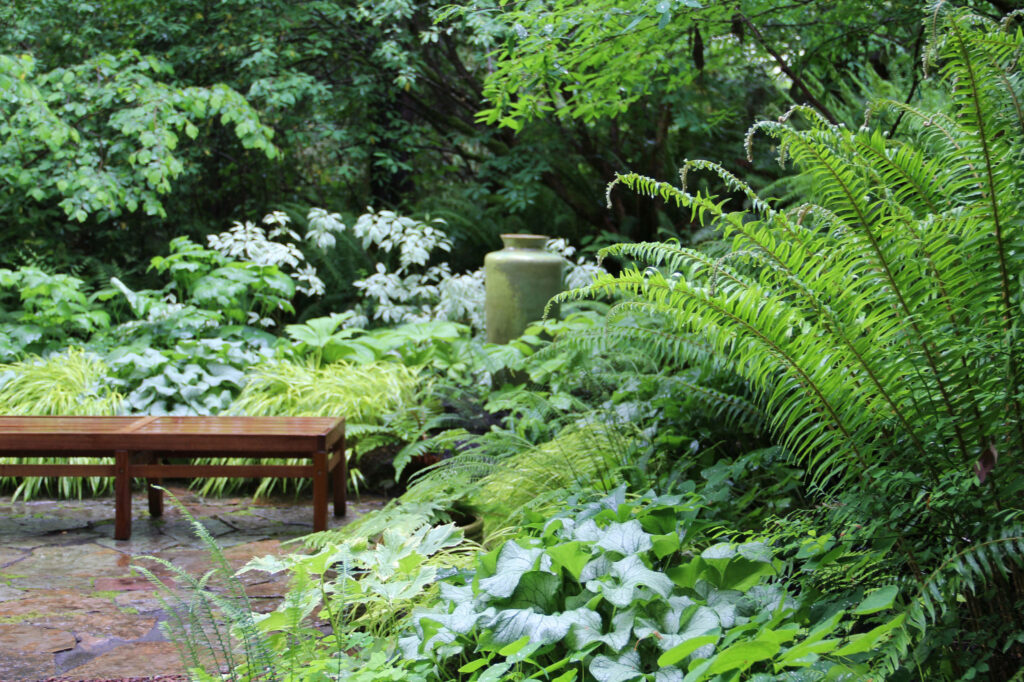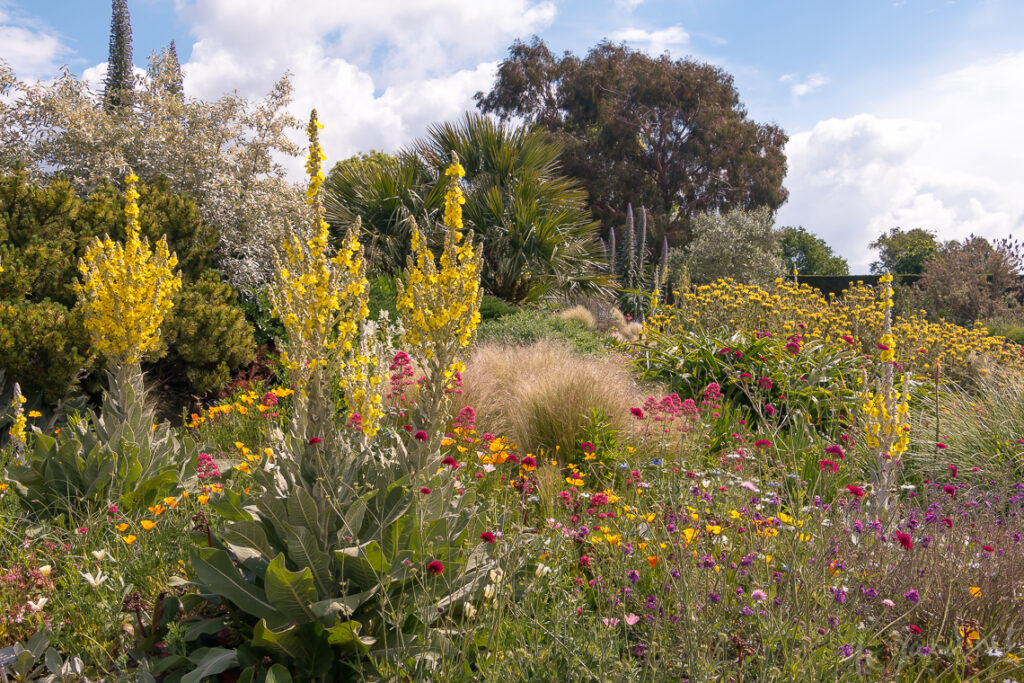
This image, and additional information about gardening with native plants, can be found here
One way that students (and teachers!) can apply their plant literacy is by creating a classroom or school garden. I was thinking of creating a class project where students need to choose one of the ten plants in the above picture, which are all indigenous to Victoria. Students would need to research the plant’s origin, range, predators what its leaves and flowers look like, and whether it grows best in sun or in shade. This project could be interdisciplinary:
- Science: Learning about the plant in context of its ecosystem provides an opportunity to talk about food chains, energy transfer, and biomes.
- English: Students can write sentences or paragraphs (depending on age or writing ability) about their plant. To add a creative twist to the project, I want to encourage students to write a short story from the perspective of their plant!
- Social Studies: Students can look into the history of the plant in context of Indigenous Canadians: how did the different First Nations groups of Victoria/Saanich interact with the plant in the past, and how have these relationships continued into the present?
- Art: Students can draw a picture of their plant, either stand-alone or as part of their short story assignment for English.
This project aims to reinforce the following First Nations Principles of Learning:
- Learning ultimately supports the well-being of the self, the family, the community, the land, the spirits, and the ancestors. By connecting with plants that are indigenous to the Victoria area and researching Indigenous Canadians’ relationships to these plants, students are becoming more in tune with their local landscape and with the Indigenous community.
- Learning recognizes the role of Indigenous knowledge. Much of what we know about the care and well-being of these ten plants has come from Indigenous knowledge-bearers, and it is important that both teacher and students keep this in mind.
- Learning is holistic, reflexive, reflective, experiential, and relational (focused on connectedness, on reciprocal relationships, and a sense of place). As I am learning more about the plants in my new city, I feel closer to Victoria. I hope that students will also feel more connected with their school and outdoor landscape after researching their plant and helping with the garden.
- Learning involves patience and time. It will take a while for students to see the fruits of their labour in the garden – maybe even a few years!
Once students have researched their chosen plant, I will introduce the idea of creating a classroom garden with these plants in it. I hope that the students will be very invested in this project, firstly because gardening is fun but also because they are experts about one of these plants and will likely have more of an interest in caring it and protecting it from predators or weather. Following completion of the project, I will try my best to establish a gardening club at my school because it would be a lot of work for just me to maintain this garden. If I can get the students involved and excited about plants, they will feel more connected with their environment and school community.
Because I have never had a green thumb myself, I researched some gardening tips for me to discuss with my students:
- The three essentials are food, water, and shelter. (This isn’t too different from ourselves, another example of how interconnected we are with nature!)
- If there are deer in the area, keep in mind which plants the deer do not like and make sure these are spread around the garden. Deer will avoid salal, Oregon grape, sword fern, wooly sunflower, and kinnikinnick.
- Don’t take things out of the garden just because they are rotting! Rotting foliage provides a habitat for many organisms including squirrels, woodpeckers, and salamanders.
- Mulch coming from decomposed leaves can make a great fertilizer for native plants!

Plants that are appropriate for a shady moist site: false lily, sword ferns, bleeding heart, Columbine, camas.

Plants that are appropriate for a sunny dry site: fescue grass, Oregon grape, nodding onion, shore pine, coastal strawberry, kinnickinnick
From my research, I compiled a list of further resources for learning about native plants:
- Royal BC Museum Native Plant Garden Brochure
- Where to Buy Native Plants
- iNaturalist – Vancouver Island
- SD61 guide to Victoria’s indigenous plants
iNaturalist Recap and Reflection:
To completely change the topic and make this already long blog post even longer, I wanted to recap this week’s iNaturalist journey. Two people have commented on my observations from last week disagreeing with my identification, and saying they think it is something else. I found this interesting because since I don’t know much about how to identify plants, I usually just take iNaturalist’s AI-generated recommendation. This is yet another example of how AI is not perfect, and in many ways the experience of human experts is much more reliable and valuable than relying on AI-based tools. Next week when I upload my observations, I will try to spend more time and care when identifying the plant.
My roommate’s photo of a crab she saw snorkelling also got featured on iNaturalist’s Instagram page! It was such a cool moment for all of us, and definitely got me thinking about how iNaturalist could inspire my students to look more into photography or wildlife-based occupations.